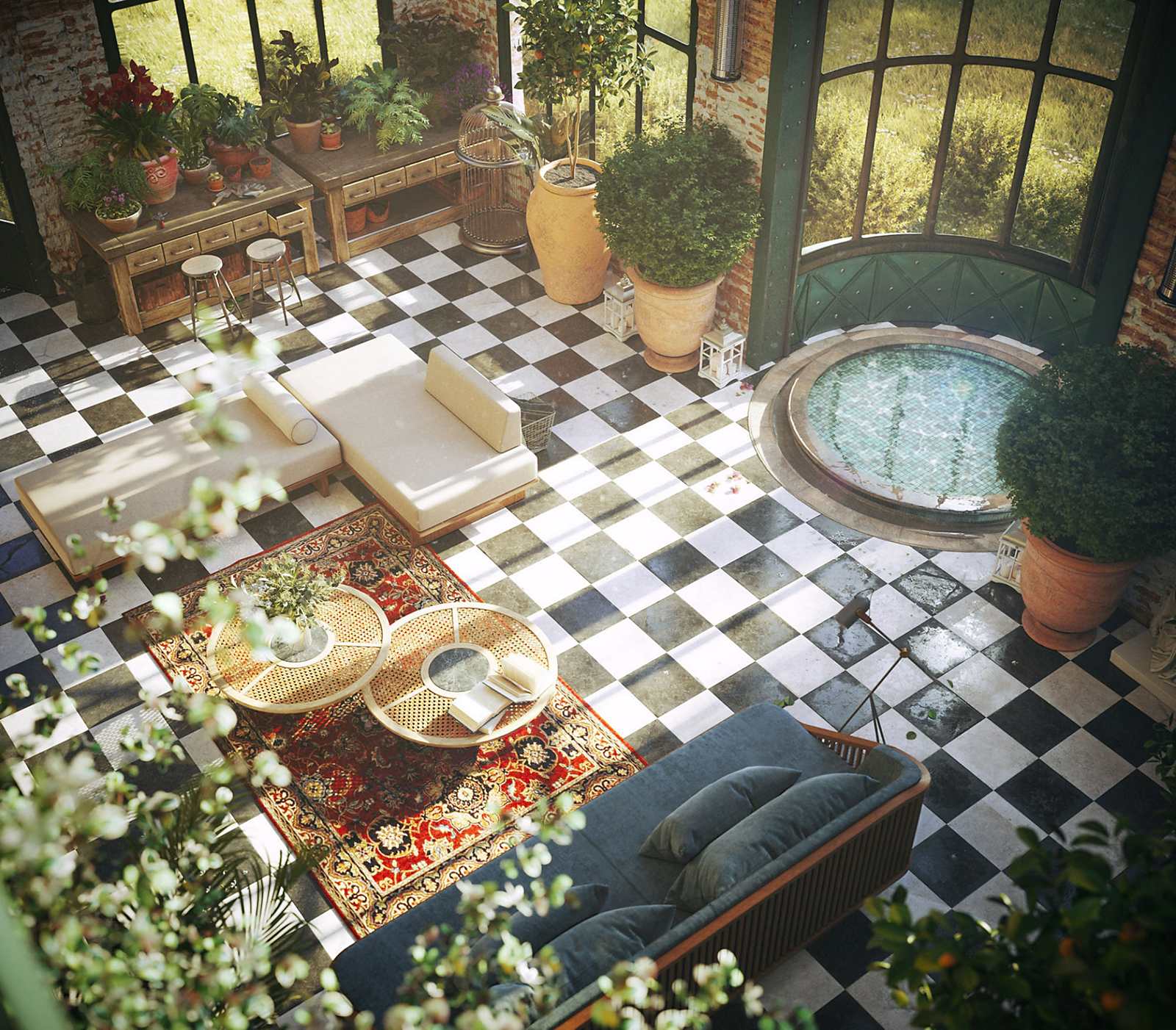Adobe Substance 3D
Model, texture and render 3D assets and scenes.
Visualisation is a powerful tool in any capacity when a creator wants to present something to a user. You’ll find 3D applications in various fields, including architecture, product design, gaming, film production and even data analysis.
• Architecture: 3D visualisation software enables architects to showcase building designs and landscapes in an interactive and highly realistic format.
• Entertainment: Whether it’s films, video games, virtual reality or more, studios can leverage 3D tools to bring worlds and characters to life.
• Data analysis: 3D visualisation tools are used in scientific research as well. Researchers can use algorithms to process data and produce visualisations such as data. Visualisation is used in astronomy, geology and more.
By using specialised software, such as Adobe Substance 3D apps, 2D dimensional data can be converted into a visual format that appears 3D and mimics real-life very accurately. 3D visualisation involves the creation of 3D models, applying lighting, textures, materials and animations and rendering for a final output.
Watch 3D visualisation in action and the power of photogrammetry in Substance 3D Sampler.
In today’s world, immersion and connection is an invaluable way to connect with others, especially customers. There are many benefits of using 3D to communicate ideas, convey data or create enjoyable experiences:
• Enhance user experience
• Increase conversions
• Saves time and money

Image by Daniel Margunato.
Depending on what you’re hoping to accomplish with 3D, having the right tools in your toolbox is crucial. We built Adobe Substance 3D with the goal to help harmonise 3D artists workflows into one centralised place.
Substance 3D includes software that can assist in nearly every step of the 3D visualisation process, including modelling, texturing and rendering. There are countless ways creators can use 3D visualisation software to create more efficiently and effectively. We can’t wait to see what you create.
This is the method by which software can create visual representations of data in a way that effectively conveys information to researchers or to an audience. This can be used both as a research tool and as a method for conveying information. This can be a powerful tool for simplifying complex information and facilitating data analysis.
3D visualisation plays a crucial role in animation. Typically, animators use 3D models that have been rigged, so they can pose the models and create animation sequences. Rigging involves creating a digital skeleton within a 3D model to enable animators to define how the model should move and deform. Without 3D visualisation software and tools, animators would have nothing to bring to life with movement.
3D is finding its place into dozens of industries. Having the know-how and skills to effectively use 3D visualisation software and tools can open many opportunities. For anyone who is interested in creating a career path out of their 3D skills, it’s important to remember that because the field is so diverse, there are many applications besides film and gaming.